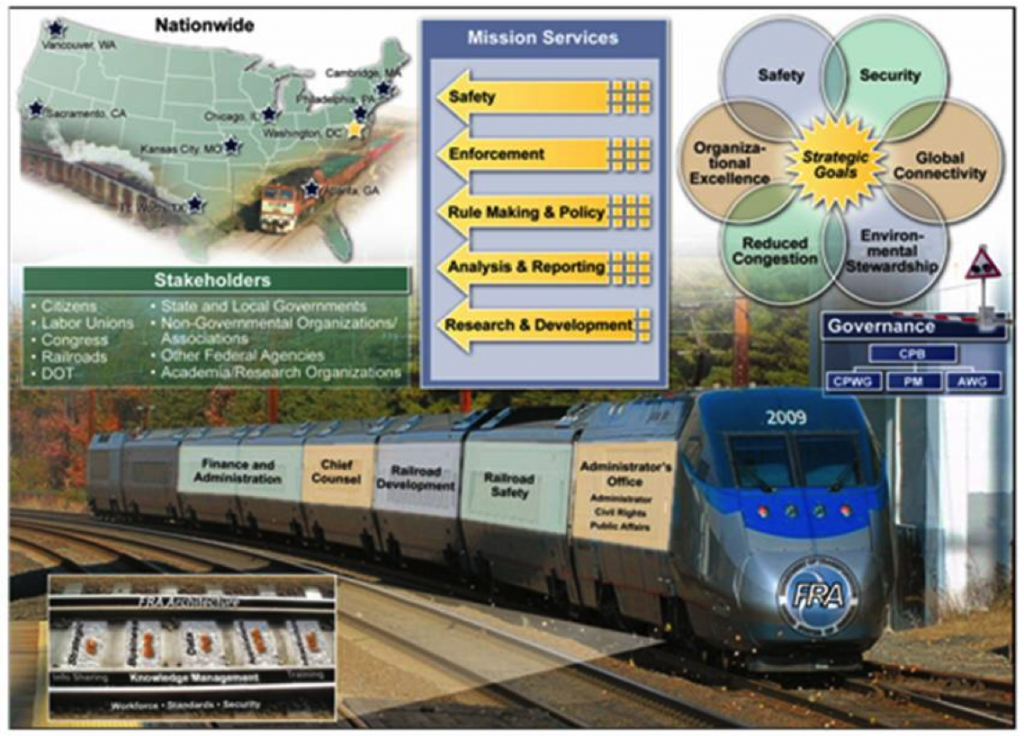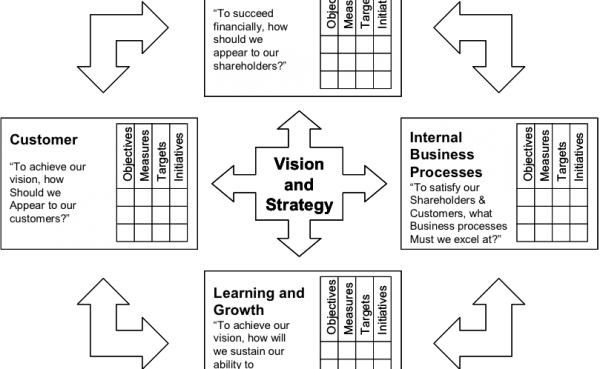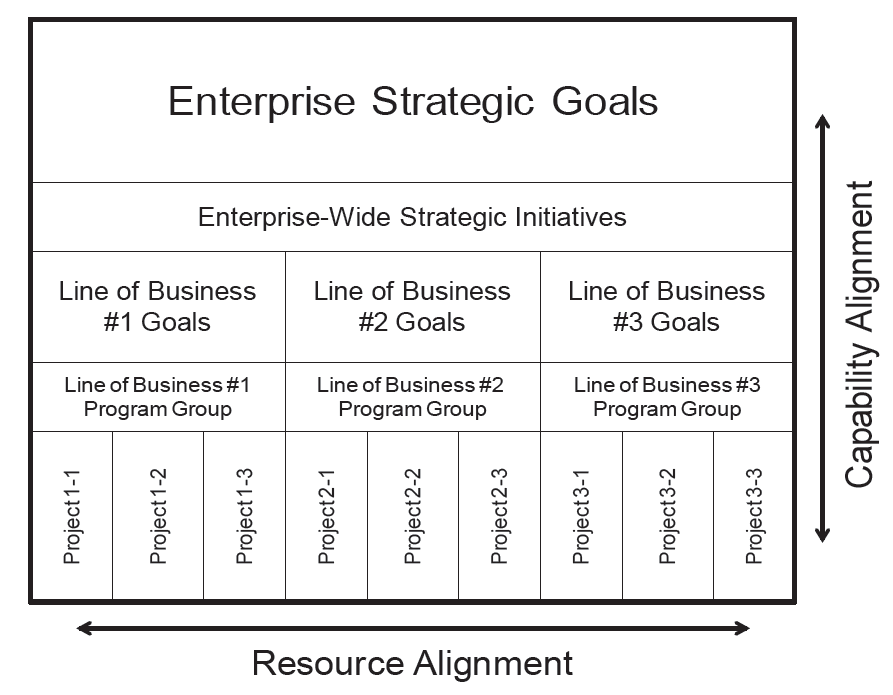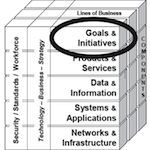
EA3 artifact S-3: CONOPS Scenario and Diagram
A Concept of Operations Scenario is a narrative document that describes how the enterprise operates currently or will operate several years in the future given certain stated internal and external factors identified in the SWOT Analysis. The scenario is footnoted with planning assumptions.
Example
Planning Assumptions
1. New Video Teleconferencing capability.
2. Product roll-outs at National conferences.
3. Need to hold detailed product discussions on short notice, globally.
4. 24×7 work availability.
5. Increased suburban commuting and telecommuting.
6. Tracking of Govt. reports to anticipate product needs.
7. Changing population demographics, driving new product development.
8. Increased cost benefit of solar powered lighting.
9. Additional product features to attract customers
10. Global use of PDAs for employee communication.
11. Integration of sales, marketing, and production information.
12. Accurate customer quotes on the fly.
Jeff Linder, Vice President of Industrial Sales for Danforth Manufacturing Company (DMC) had just finished a presentation at the 2008 National Highway Safety Conference along with Richard Danforth, DMC’s CEO, who had teleconferenced in on the big display screen behind the podium.1 As Jeff was leaving the main conference room, Andrea Newman, Director of Safety and Transportation for the State of Tennessee, asked Jeff if they could talk about the new line of solar-powered highway lights he had just given a presentation on. 2, 3
“Thanks for taking a minute to talk Jeff. I want to tell you about a situation we have in Tennessee and see if your new product line can help” said Andrea as they found a table in the refreshment area.4 “No problem, thanks for asking” Jeff said. Andrea pulled up a document on her tablet computer and said “Jeff, here is a report that shows an increasing number of serious accidents in rural areas of Tennessee involving passenger cars and agricultural equipment or commercial trucks. We’ve attributed it to the growth of suburban communities further out in the countryside that then depend on two-lane country roads for commuting into the city.5 When you put slow tractors and trucks together with cars that are in a hurry at all hours to get somewhere, you have a recipe for disaster.” “Isn’t this problem being seen in other places around the country?” asked Jeff. “Yes, and one of the contributing factors that is consistently coming out of investigations of the night-time accidents is the lack of good lighting on these country roads.6 I am thinking that your highway grade solar lighting can help us provide more night visibility on high-risk rural roads without needing electrical infrastructure.” 7, 8
Jeff thought for a minute before responding. “You know, the new line of highway lights has options to incorporate 911 emergency call boxes and Global Positioning System (GPS) equipment that can connect to both State and local level first responders.9 This might be useful in also improving response times should an accident occur in spite of the improved lighting.” Andrea nodded and said, “Yes, I doubt that better lighting will solve the entire problem, but it will help people see each other better, and these other options can improve accident response times. What is the pricing on these units?”
Jeff pulled his Personal Digital Assistant (PDA)10 out of his pocket and connected to DMC’s marketing and sales database at headquarters via a satellite Internet link.11 “Andrea, these units are $11,300 each, including the GPS and 911 features.” Andrea took notes and responded, “If I can get permission to conduct a pilot test in a couple of months can you provide the lights?” Jeff asked “How many miles of road?” “About four miles in the particular area I’m thinking of” said Andrea. “Ok, the suggested density for the new unit is 18 per mile, so that would be 72 units total. I can give you our 10 percent early-adopter discount, so the total would be $732,240. Let me check what the shipping time would be.”
Jeff sent a high priority email to Bob Green, Vice President of Manufacturing. Bob was in the factory when he received Jeff’s email on his PDA, and after checking the DMC Production Scheduling System, responded two minutes later that a special order for 72 units could be completed and shipped 35 days from when the order is received. Jim relayed this information to Andrea, who said, “Wow, that’s fast. I have all the information I need to propose the project, I’ll get back to you next week” 12
Concept of Operations Diagram
A Concept of Operations (CONOPS) diagram is a high-level graphical depiction of the how the enterprise functions, either overall, or in a particular area of interest.
Example Diagram
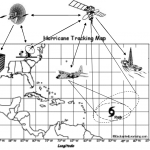
This CONOPS Diagram shows at a high level how a fictitious system called the ‘Hurricane Warning System’ would conduct its primary mission of providing a coordinated weather surveillance and reporting capability using land-based, sea-based, airborne, and space-based resources.
Here is another example:
